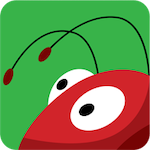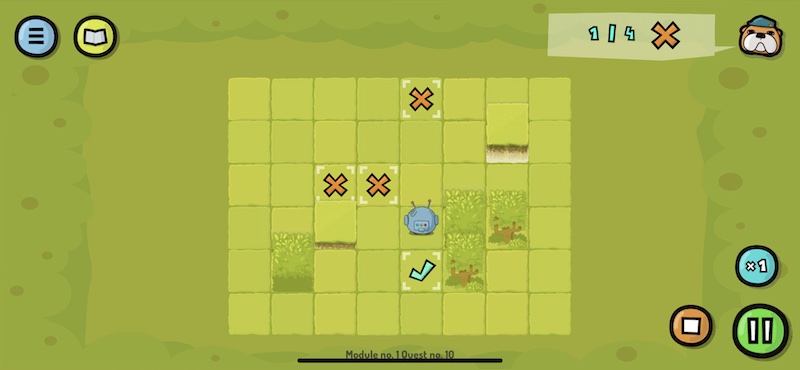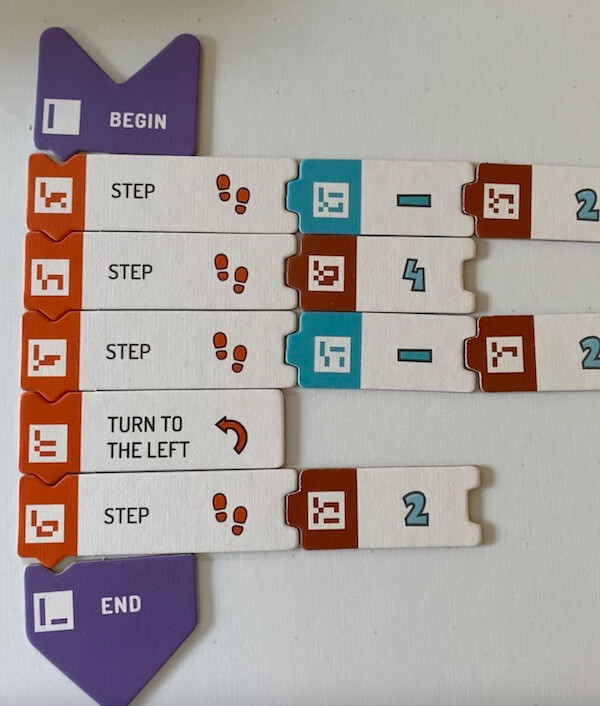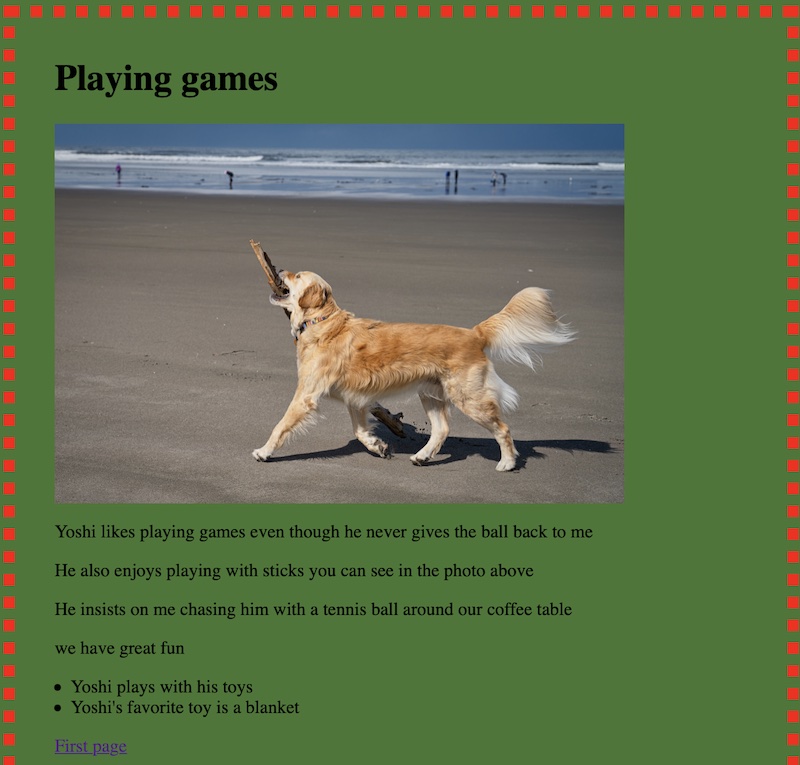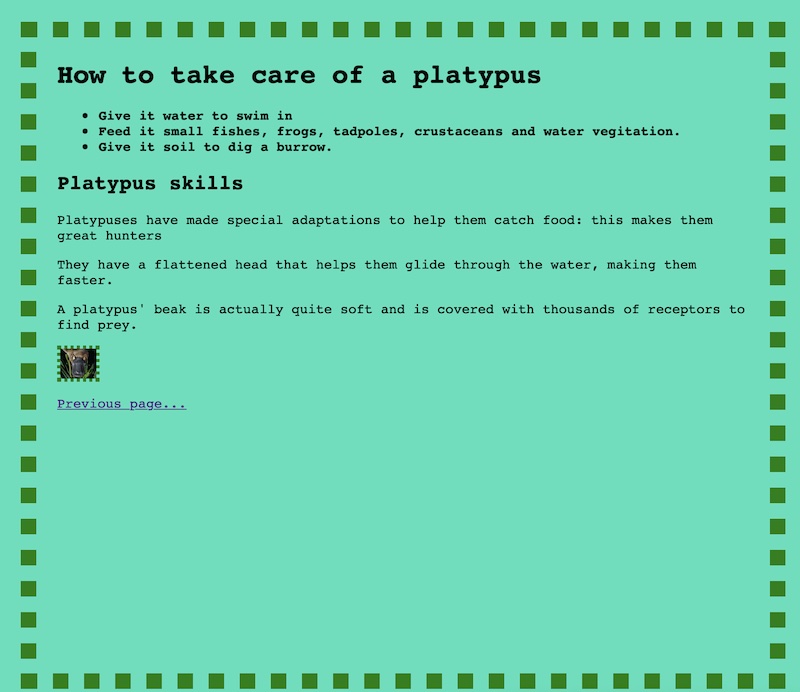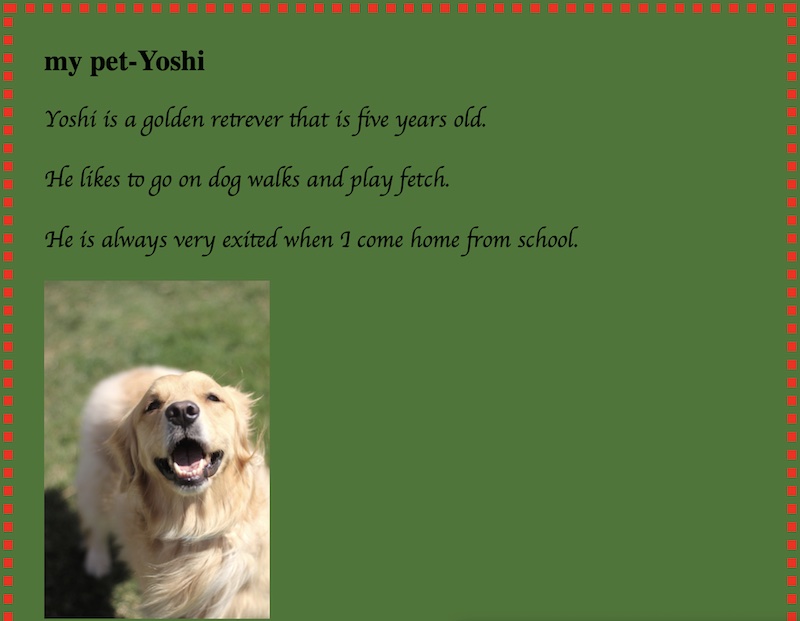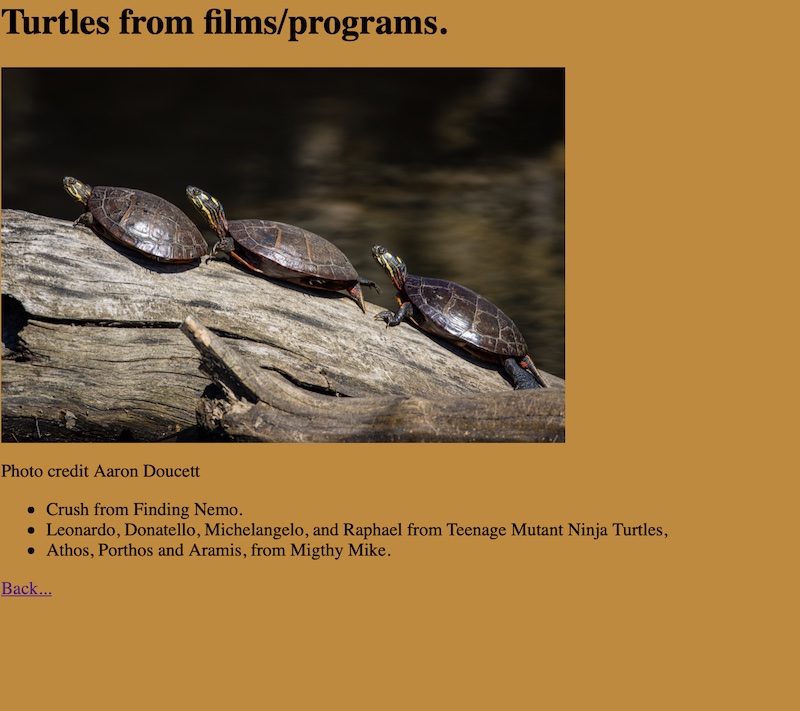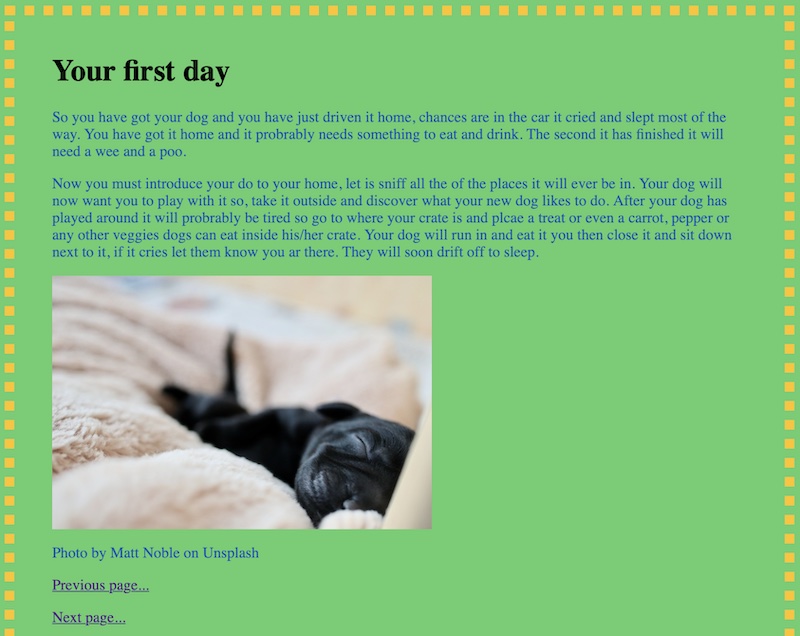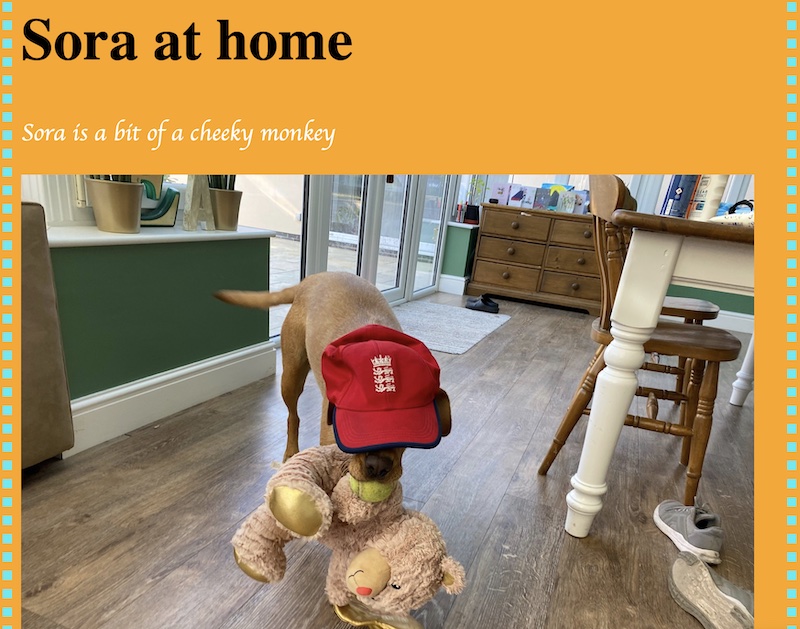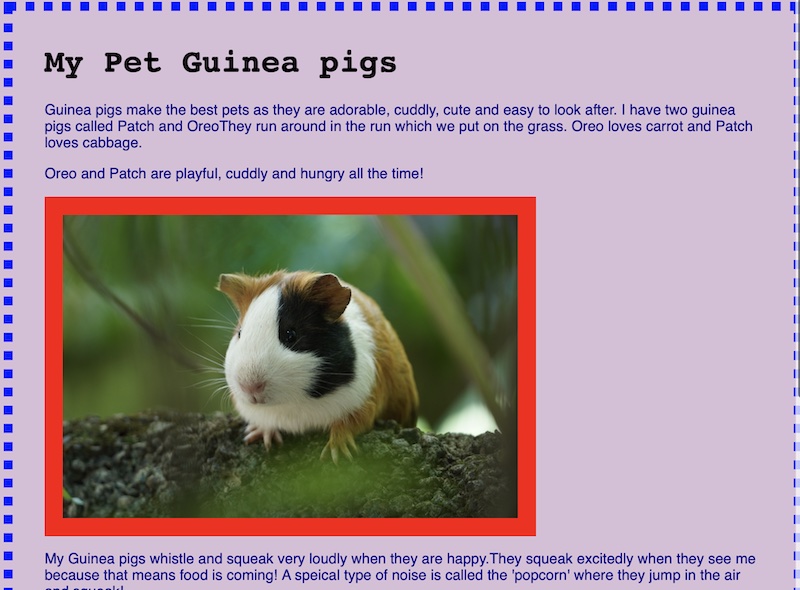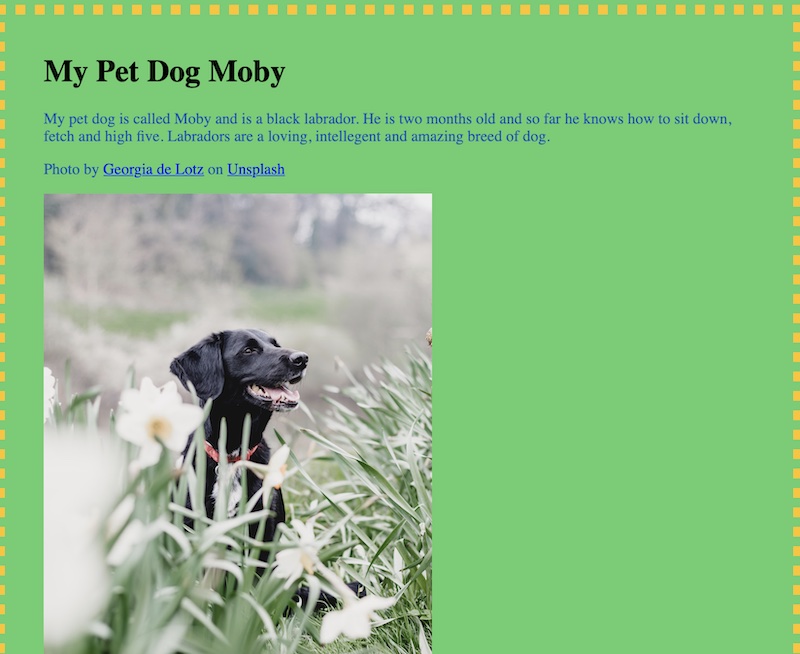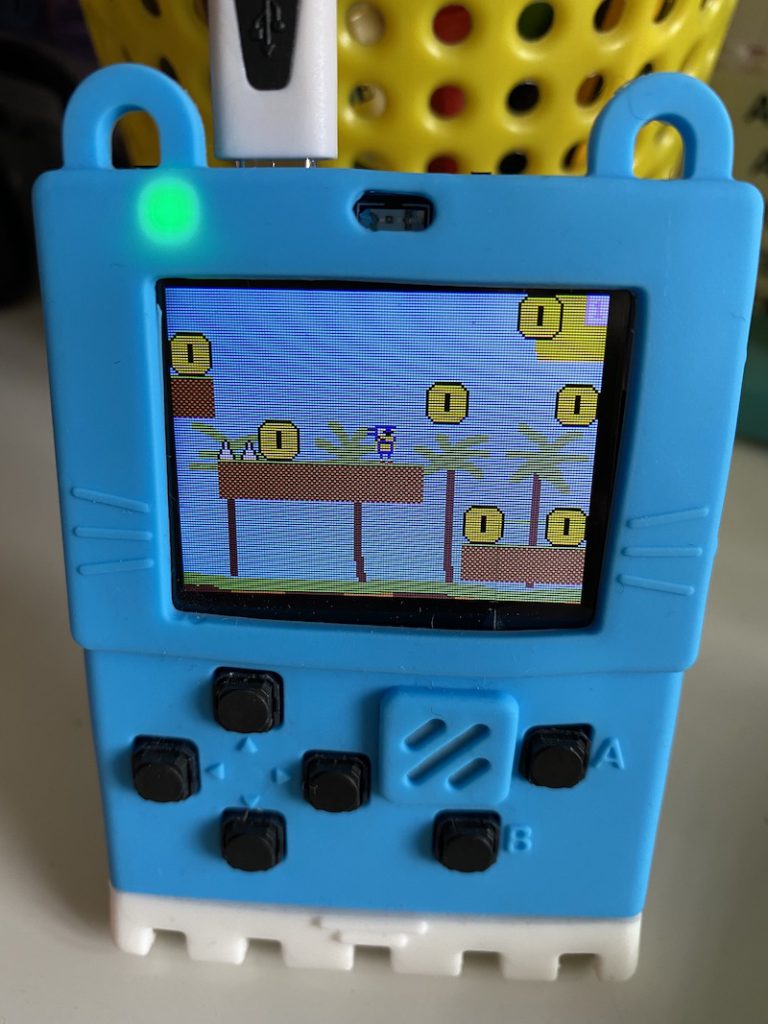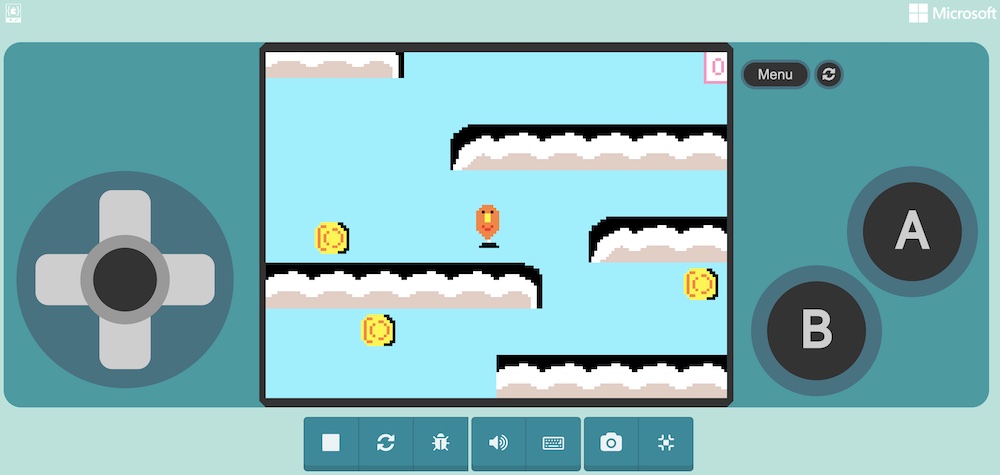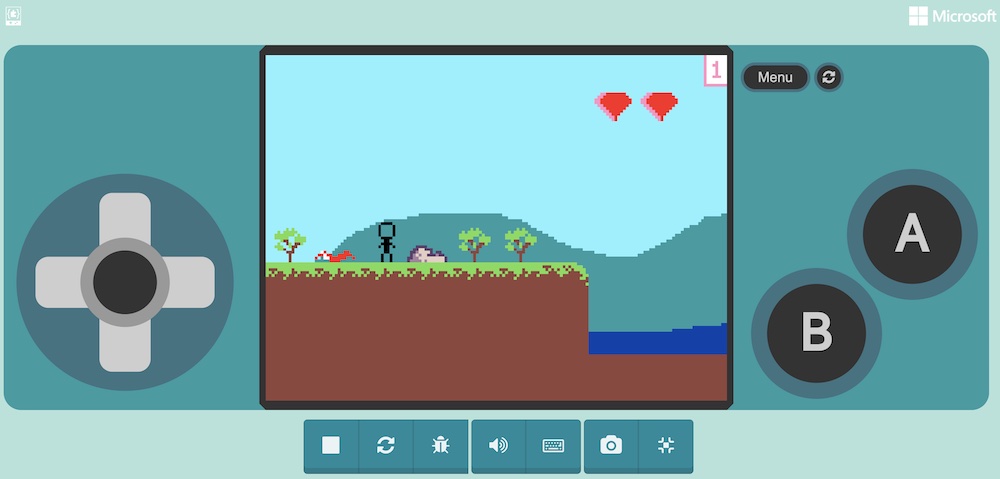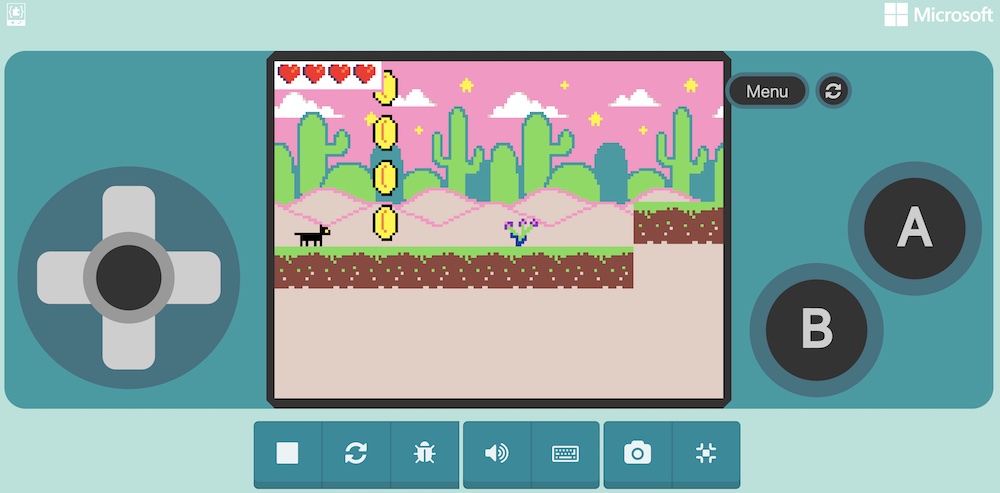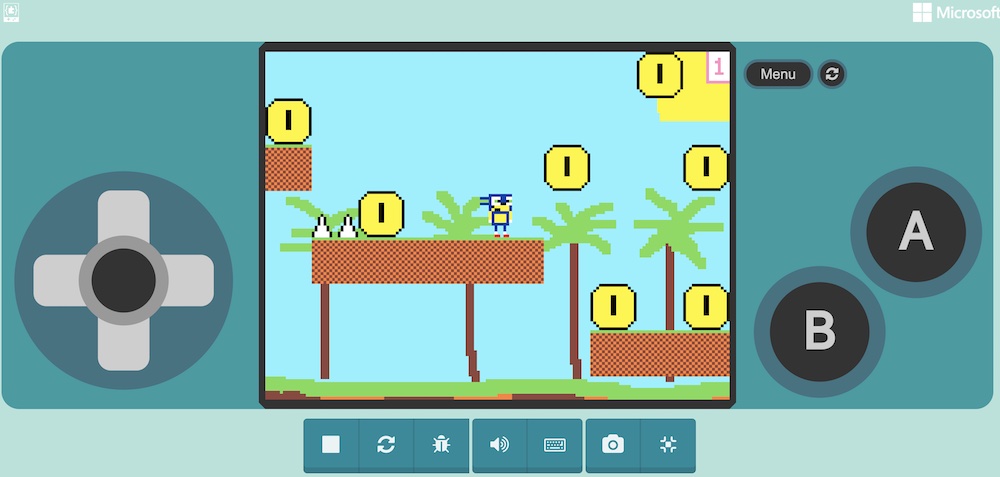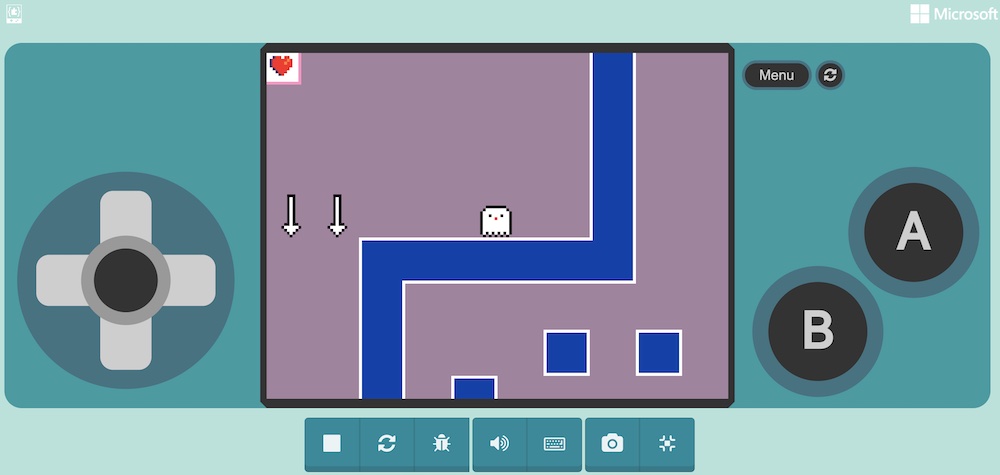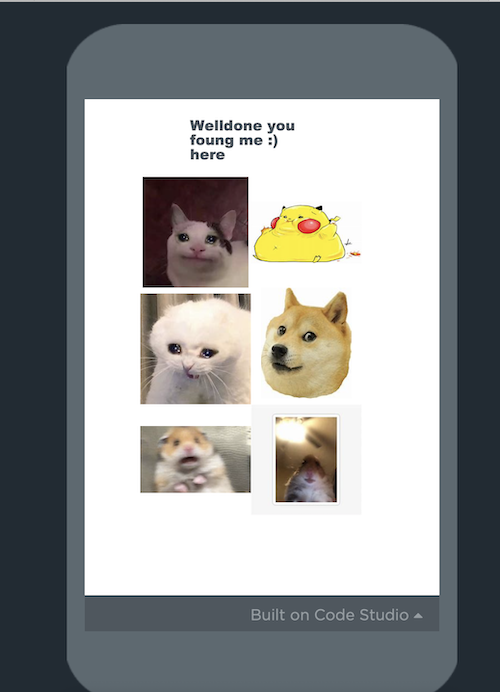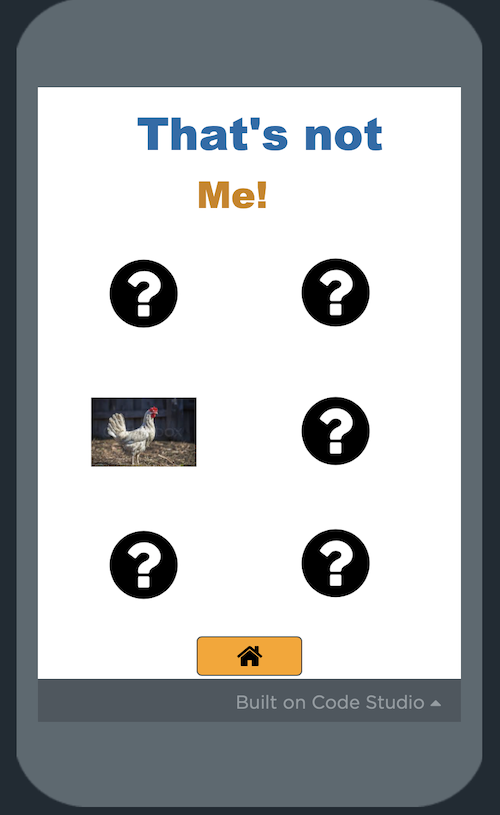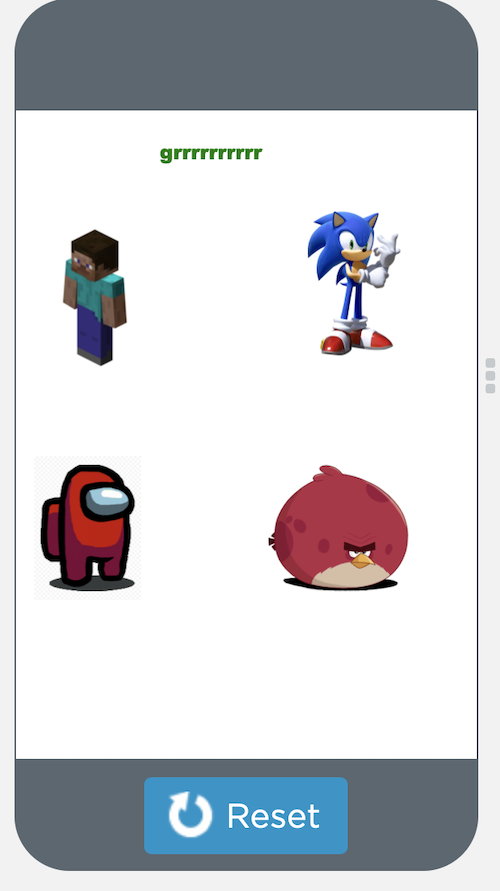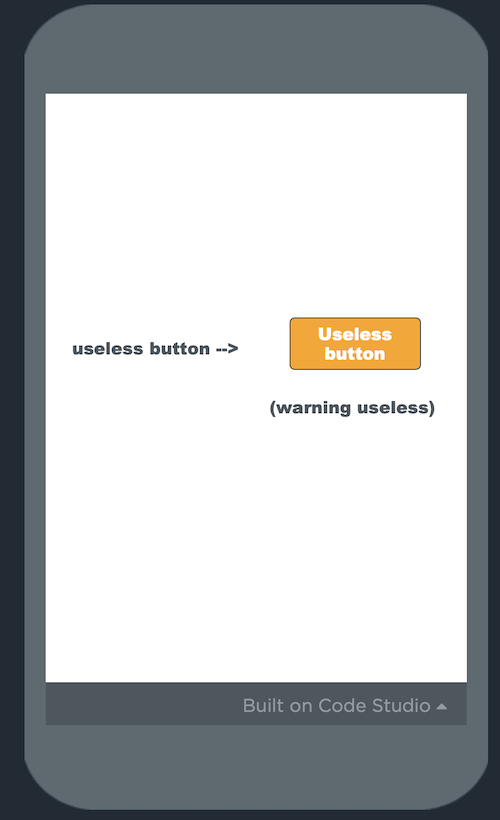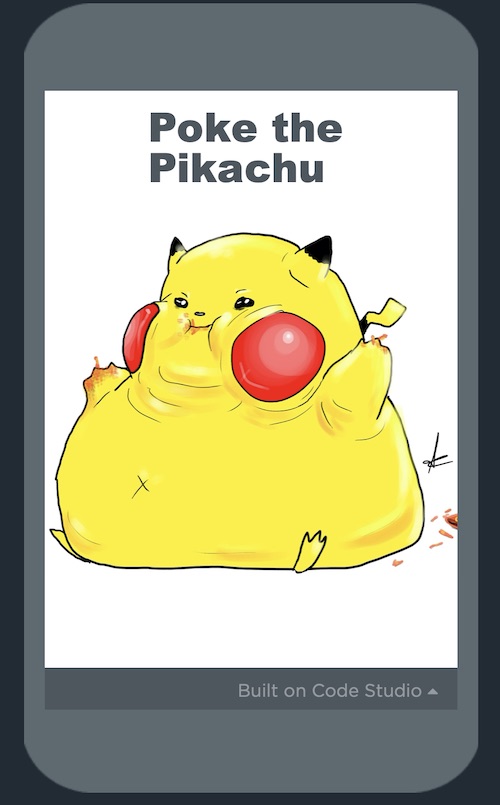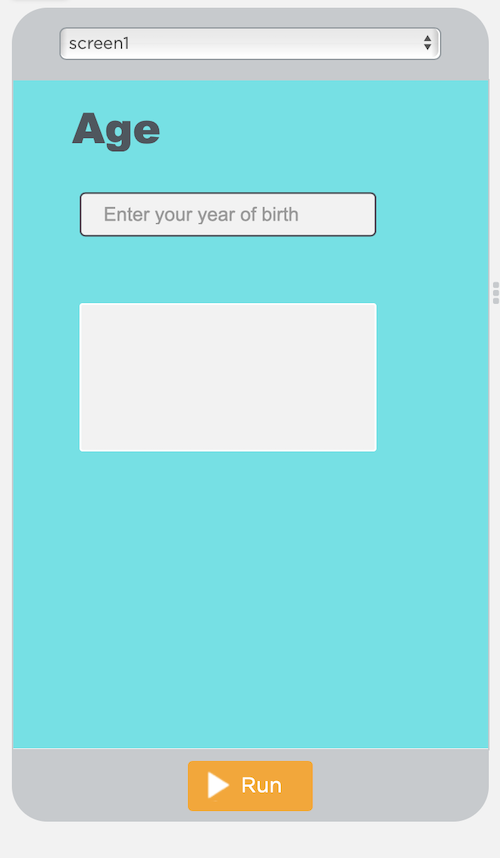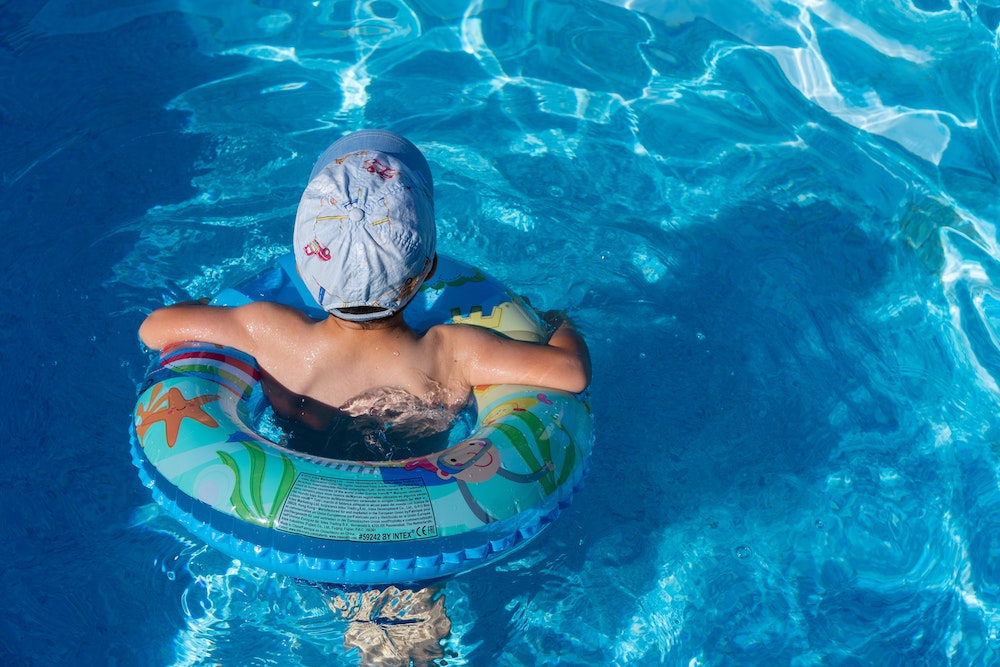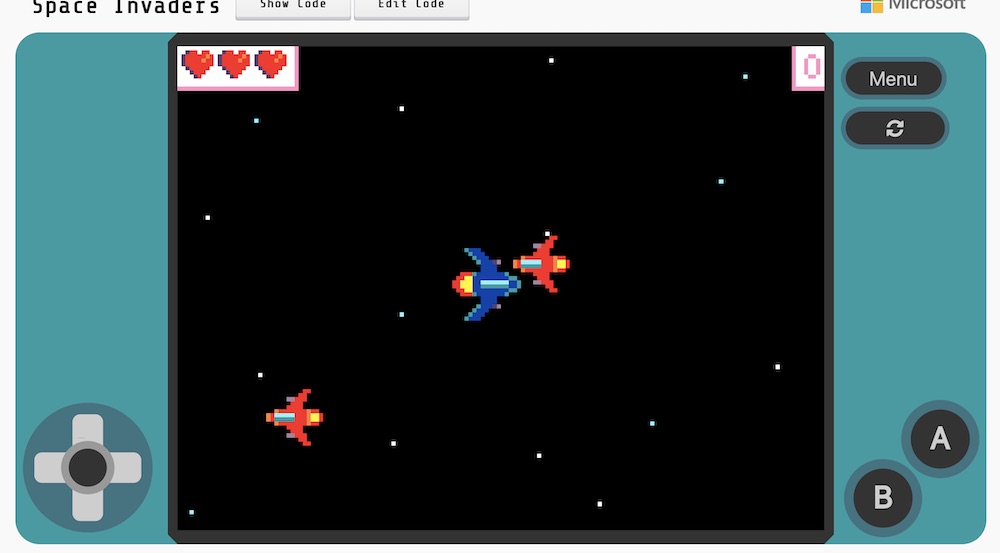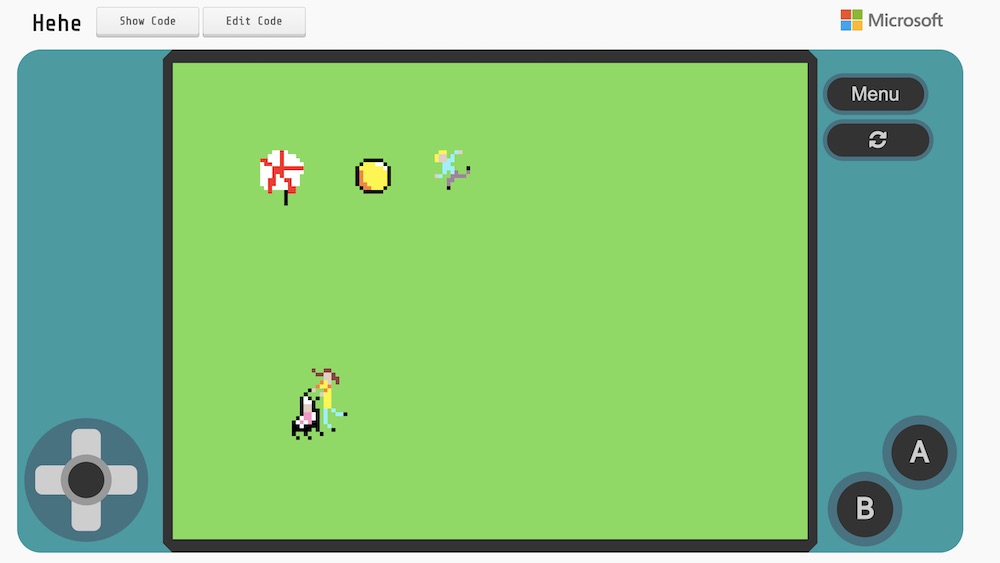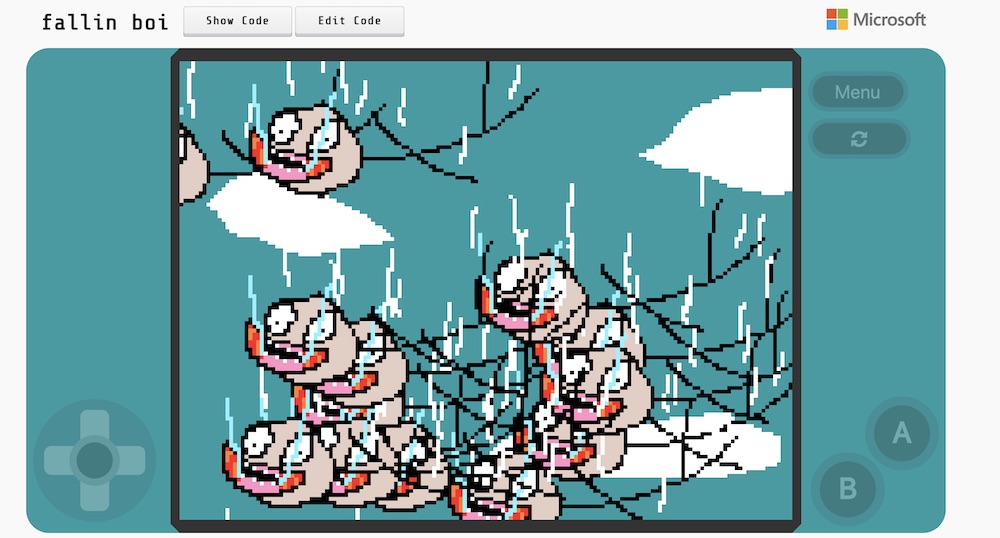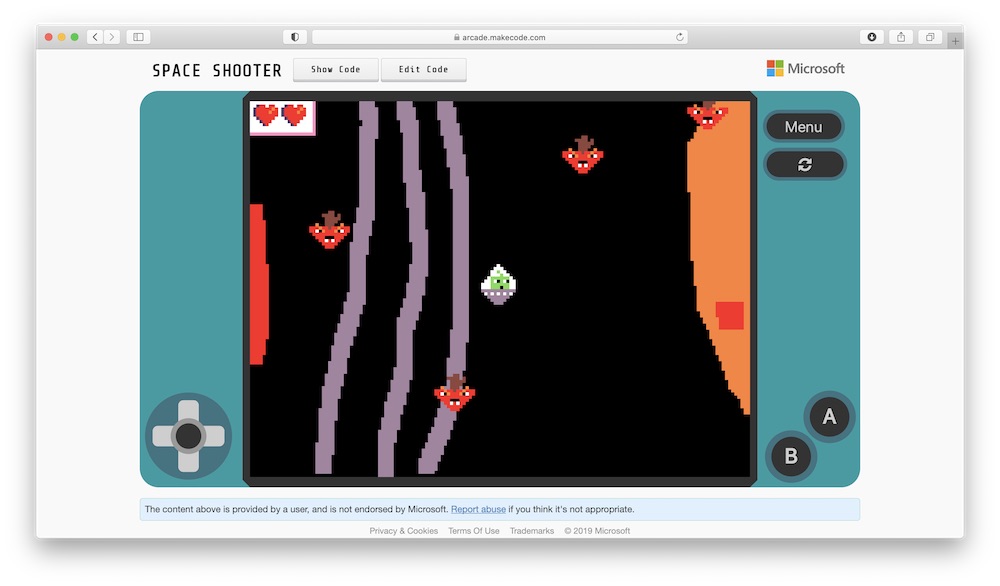A day after the first lockdown was announced and schools in the UK were temporarily closed, we were prepared enough to pivot quickly to deliver our lessons online. So, 18 months’ on, I wanted to share some reflections on the experience of teaching coding to children online.
The first and most obvious thing to note is that the children were able to continue their coding journey uninterrupted. Moving entirely online has also enabled them to gain exposure to new platforms and accelerated the learning of new digital skills.
As I’ve writen previously, learning to code is like learning to swim; as the children get exposed to and become more confident navigating between different coding environments, they develop problem-solving skills and computational thinking.
Older children now have a very good command of the technology we use for the lessons. They are comfortable giving presentations and showing others how their projects are evolving week by week.
Unfortunately, while some younger children have not been able to join us online, those that have are all doing amazingly well – thanks in part to their parents and carers who in many cases haven’t been far away and able to assist with keyboard and computer skills! I cannot thank them enough.
I’m very proud of our secondary school students who have been coding throughout the pandemic. They have learned Python, Game Design, App Design and JavaScript. They can now write code to a good standard. They have learned programming, how to collaborate and solve problems.
Your children are all doing you proud.
A new term is just around the corner and all our courses are now open for registration.
